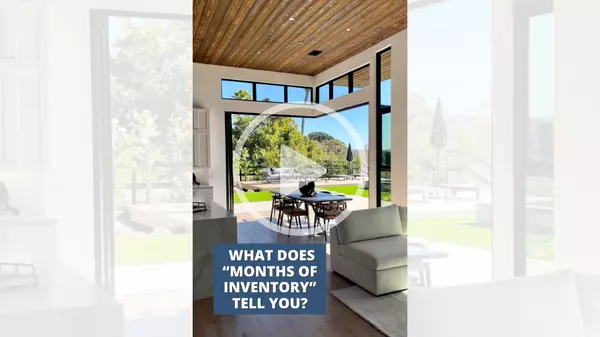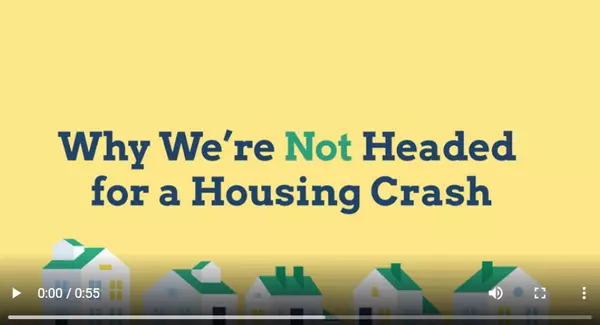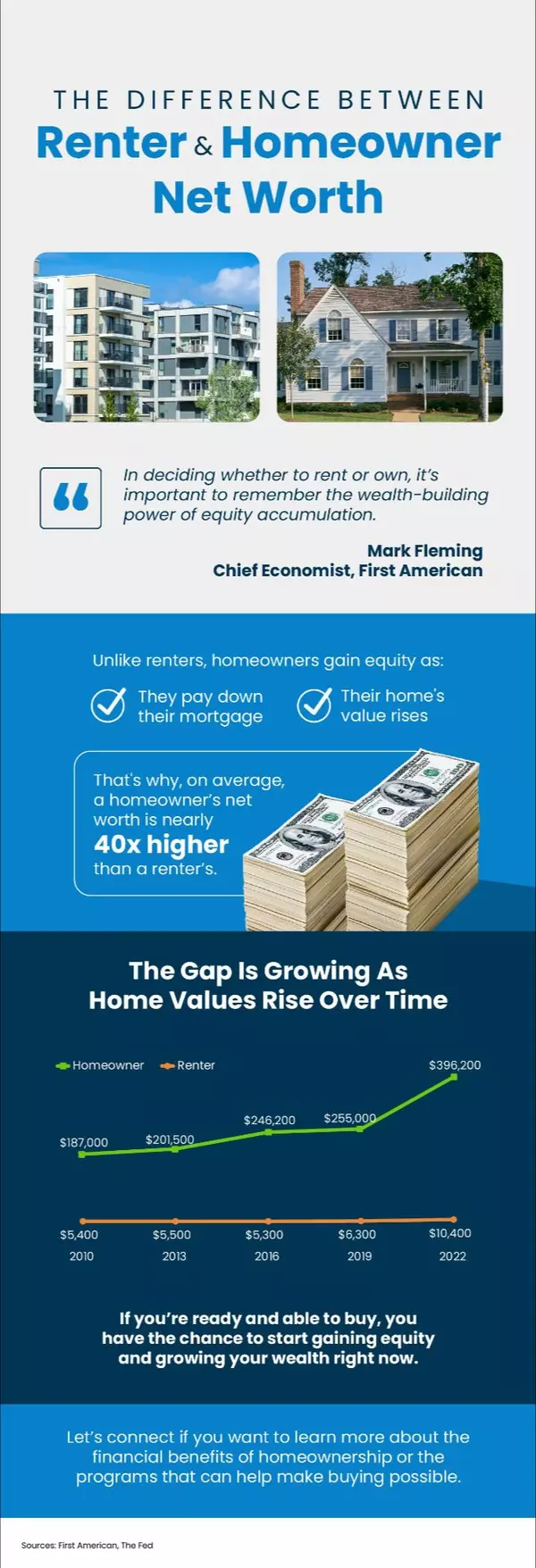Why Right Now Might Be a Smart Time to Sell Your Home

If you’ve been thinking about selling your home, there’s a big financial opportunity that many homeowners aren’t taking full advantage of. We’re talking about the $500,000/$250,000 tax exemption on the sale of a primary residence. This isn't tax advice (we always recommend chatting with a CPA), but
Read MoreIs History Repeating Itself? A Potential Housing Market Surge by 2030

Have you ever wondered if history might hold the key to the future of the housing market? What if I told you that there's a chance the housing market could see a staggering 75% increase by the year 2030? Now, I'm not making any predictions, but it's worth considering the intriguing parallels betwe
Read MoreWhy Properties Are Intentionally Priced Low

In the current real estate market many people have been wondering why some homes are listed for a low price, knowing that they will likely sell for significantly over the asking price. This question has been asked frequently, so let's explore the three reasons why this strategy is commonly employed
Read MoreRealVitalize: Transforming Homes and Boosting Sale Prices

Recently, we had the pleasure of assisting some incredible sellers who could benefit from some upgrades to their front yard before selling. These sellers had dedicated significant time and resources to create an absolutely spectacular interior in their home. Unfortunately, they received orders for
Read MoreWhat Does "Months of Inventory" Tell You?

As a potential home buyer or seller, it's essential to understand the concept of months of inventory in real estate. It's a vital metric that helps gauge the state of the housing market, determine the level of competition, and make informed decisions about buying or selling a property. So, what is
Read MoreWhy We're Not Headed for a Housing Crash (Video)

Why We're Not Headed for a Housing Crash February 24, 2022 Today's housing market is nothing like it was in 2008. Let's connect to discuss the reasons why it's different. Sources for Data in Video https://www.newyorkfed.org/medialibrary/interactives/householdcredit/data/xls/HHD_C_Report_2021Q3.x
Read More
Categories
- All Blogs 408
- Buying Myths 86
- Demographic 16
- Distressed Properties 2
- Down Payments 5
- Equity 1
- First Time Home Buyers 114
- Foreclosures 17
- FSBO 10
- Home Buying 266
- Home Selling 205
- Infographics 80
- Interest Rates 55
- Inventory 3
- Investing 4
- Move-Up Buyers 66
- Pricing 74
- Real Estate Market 209
- Rent vs Buy 24
- Resource 6
- Selling Myths 73
- Senior Market 2
- Video 6
Recent Posts










CONTACT


